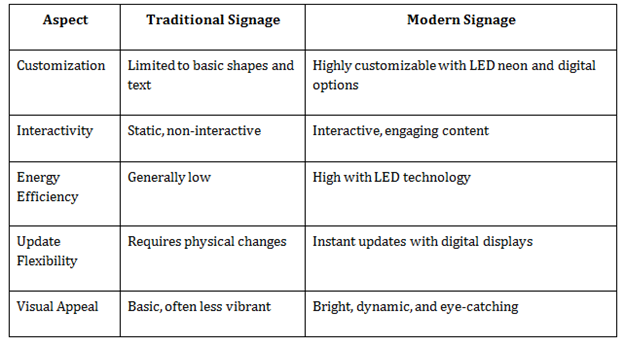Excel Skills for Accounting Students: Enhancing Data Analysis and Reporting

Accounting is no longer limited to tons of pages and analog calculators. You don’t need to be a spectacled accountant buried under files to be an accountant anymore. There are various tools that have made accounting a lot easier than before. So, finance students who are planning to become auditors or accountants of the “Big 4” must arm themselves with the necessary skills and tools. Microsoft Excel is especially a powerful tool for these students. It plays a pivotal role in the field of accounting, enabling students to enhance their data analysis and reporting skills. Proficiency in Excel goes a long way in ensuring academic success. At the same time, it is also a key aspect sought by employers. So, in this blog, we will explore the essential Excel skills that every accounting student must develop –
- Data Entry and Formatting
To start with, every student must fundamentally know data entry and formatting. All financial courses have these aspects as a primary chapter. So, through accounting assignments, all students learn how to perform data entry. Although it is a simple thing, data entry is extremely important. If you have mastery over this aspect, you can easily input data, use formulas for calculations, and format cells for clarity. This includes understanding date formats, number formatting, and utilizing features like data validation to ensure accurate data entry.
- Formulas and Functions
Accounting involves complex calculations. Excel’s formulas and functions are indispensable for automating these processes. Students should perfectly master the basic arithmetic functions of Excel. Once they are confident in these functions, they can move to advanced features like NPV, IRR, and various statistical functions. Many online sites even offer basic courses on Excel. For example, students can seek accounting assignment help from https://myassignmenthelp.expert/ and learn basic Excel functions as well as advanced features like VBA, Macros, etc.
- PivotTables
PivotTables are a game-changer for data summarization and analysis. Although it is a very advanced accounting function, still ambitious students must make themselves familiar with this concept. Accounting students should learn how to create PivotTables to quickly analyze large datasets, identify trends, and extract meaningful insights. You can even get help from online experts to learn PivotCharts. This is another excellent tool that can be used for visual representation of financial data.
- Data Sorting and Filtering
Efficient data organization is crucial in accounting. Accountants need to sort and filter data all the time to create tables and charts. This filtering happens by analyzing specific criteria. So, learning how to do this in Excel helps students analyze information selectively and quickly. This skill comes in handy when working with large datasets. The tool allows the students to remain focused while analyzing and reporting.
- Data Validation
To ensure data accuracy and consistency, accounting students should utilize data validation features. This includes setting up drop-down lists, restricting data input, and implementing error-checking rules. This minimizes the risk of errors in financial models and reports.
- Scenario Manager and What-If Analysis
Accounting often involves forecasting and scenario analysis. Excel’s Scenario Manager and What-If Analysis tools allow students to model different scenarios and assess their impact on financial outcomes. This skill is invaluable for strategic decision-making.
- Conditional Formatting
Highlighting important information through conditional formatting makes reports more visually appealing and easier to interpret. Accounting students should learn how to apply conditional formatting to emphasize key trends, outliers, or areas that require attention.
- Power Query and Power Pivot
For advanced data transformation and analysis, students can explore Power Query and Power Pivot. These Excel add-ins enable users to import, manipulate, and analyze large datasets efficiently. They are particularly useful when dealing with diverse and complex financial data sources.
- Charts and Graphs
Visualization is key in accounting. Learning how to create various types of charts and graphs, such as bar charts, line charts, and pie charts, helps students present financial data in a compelling and understandable way. This skill is essential for effective communication of financial information.
- Excel Shortcuts
Efficiency in Excel is enhanced by mastering keyboard shortcuts. Accounting students should familiarize themselves with commonly used shortcuts for tasks like copying, pasting, navigating between sheets, and executing formulas. This not only speeds up tasks but also improves overall workflow.
Mastering Excel helps you to lay the foundation for a successful career in accounting studies. When students develop these essential skills, they can enhance their data analysis and reporting capabilities. This makes them valuable assets in the dynamic and data-driven field of accounting. However, to truly be a master of this trade, you must spend some time with Excel regularly. Regular practice and application of these skills help students to face the complexities of real-world accounting scenarios with confidence.





